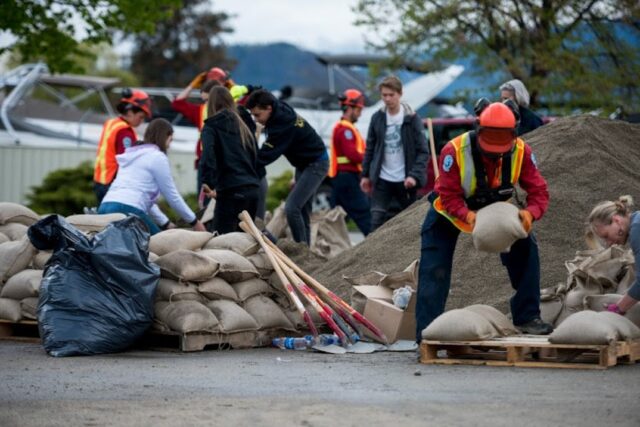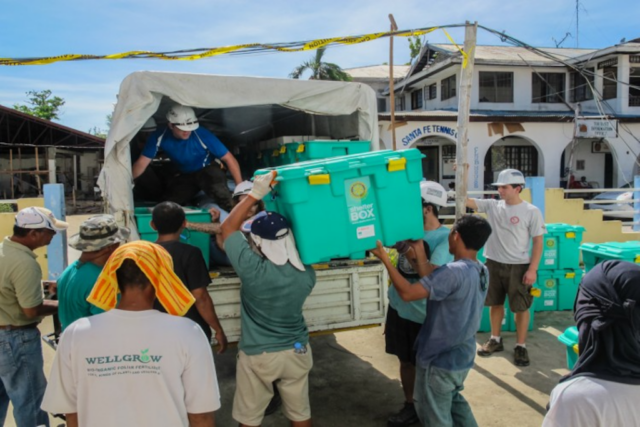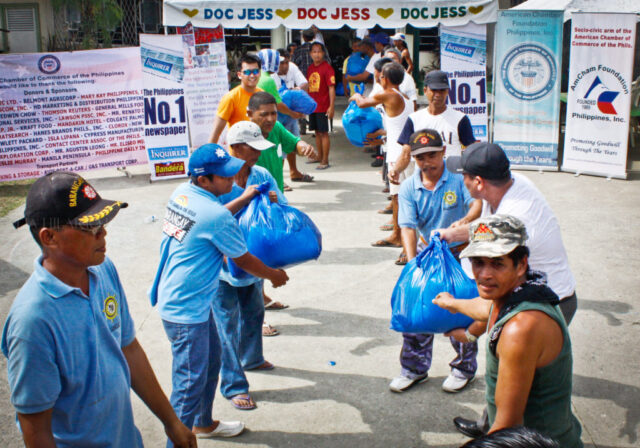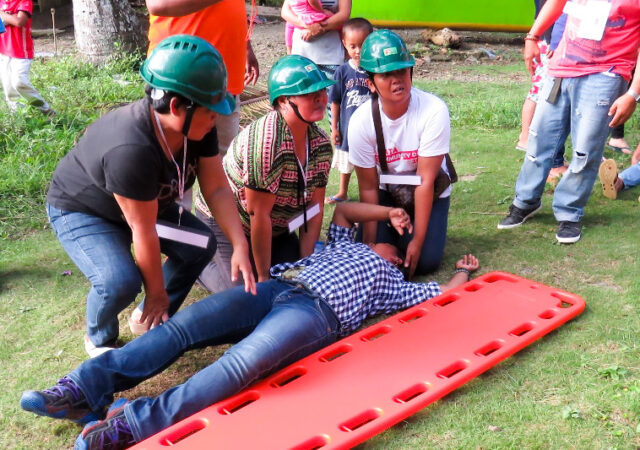
Disasters can strike at any moment, leaving communities devastated in their wake. From natural calamities like hurricanes and earthquakes to human-made crises such as industrial accidents and pandemics, the need for resilient communities has become increasingly apparent. Building resilience involves implementing effective strategies that mitigate the impact of disasters and enable swift responses when they occur. In this blog, we will delve into five key strategies that empower communities to withstand and recover from disasters, ensuring the safety and well-being of their residents.
Improve Infrastructure and Building Codes

Strong and well-maintained infrastructure is the backbone of resilient communities. Investing in robust infrastructure not only minimizes the vulnerability of structures to natural disasters but also ensures the continuity of essential services during emergencies. Implementing and enforcing stringent building codes is crucial in disaster-prone areas. These codes should incorporate measures to withstand high winds, seismic activity, and flooding. Additionally, incorporating green infrastructure solutions, such as rainwater harvesting systems and permeable pavements, can help communities adapt to changing climate patterns while reducing the strain on existing infrastructure.
Promote Community Engagement and Education
Resilient communities are built on the foundation of active community engagement and education. By fostering a culture of preparedness, individuals become better equipped to handle emergencies. Local authorities should organize community workshops, training programs, and drills to educate residents about natural disaster risks and response strategies. Empowering community members with knowledge of evacuation plans, first aid, and emergency communication systems can save lives during critical situations. Moreover, fostering collaboration between community members, organizations, and local authorities can strengthen the collective response capabilities of a community.
Implement Early Warning Systems

Timely warnings and alerts play a pivotal role in disaster response and mitigation. Effective early warning systems can provide communities with crucial information, allowing them to take immediate action and evacuate if necessary. Disaster management solutions should integrate advanced technologies, including sensors, satellite imagery, and real-time data analysis, to detect potential disasters and issue warnings. Furthermore, early warning systems must be accessible to all members of the community, including those with disabilities or language barriers, ensuring that no one is left behind during evacuation efforts.
Invest in Risk Reduction and Adaptation Measures
Proactive risk reduction and adaptation measures are essential for building resilient communities. Conducting comprehensive risk assessments and mapping vulnerable areas can help identify and prioritize mitigation efforts. Implementing nature-based solutions, such as coastal restoration projects and wetland preservation, can serve as buffers against storm surges and flooding. Additionally, investing in climate-resilient agriculture practices and promoting sustainable land use can enhance food security and reduce vulnerability to climate-related disasters.
Strengthen Disaster Recovery and Social Support Systems

In the aftermath of a disaster, communities face numerous challenges in the recovery process. It is crucial to establish robust disaster recovery systems that provide immediate assistance and long-term support to affected individuals. Local governments, non-profit organizations, and the private sector should work together to develop comprehensive recovery plans that address housing, healthcare, livelihood restoration, and psychological support. By fostering social cohesion and providing adequate resources, communities can rebuild stronger and more resilient people than before.
Emphasize Cross-Sector Collaboration and Partnerships
Resilient communities require collaboration and partnerships across sectors to effectively address disaster challenges. It is crucial for government agencies, non-governmental organizations, businesses, and community groups to work together towards common goals. By leveraging the strengths and resources of each sector, communities can develop comprehensive disaster management plans that are inclusive and effective. Cross-sector collaboration can facilitate the sharing of knowledge, expertise, and resources, leading to more innovative and sustainable solutions. Moreover, partnerships with academic institutions and research organizations can foster cutting-edge research and the development of new technologies to enhance disaster preparedness and response.
Prioritize Climate Change Adaptation

As the impacts of climate change intensify, it is imperative for resilient communities to prioritize climate change adaptation measures. Rising sea levels, extreme weather events, and changing precipitation patterns pose significant challenges to communities worldwide. Integrating climate change considerations into infrastructure planning, land use policies, and emergency response strategies is essential. Communities should assess their vulnerabilities to climate change and develop adaptation plans that account for potential risks. This may include elevating structures in flood-prone areas, implementing heat-resilient urban design, and promoting sustainable transportation options to reduce greenhouse gas emissions.
Encourage Community-Based Disaster Risk Management
Community-based disaster risk management empowers local residents to take an active role in disaster preparedness, response, and recovery. Engaging and mobilizing community members to participate in neighborhood-level risk assessments, emergency planning, and resource distribution can enhance community resilience. This approach promotes a sense of ownership and responsibility, strengthens social networks, and fosters mutual support. It also recognizes the unique needs, capacities, and knowledge of each community, ensuring that solutions are tailored to specific circumstances.







